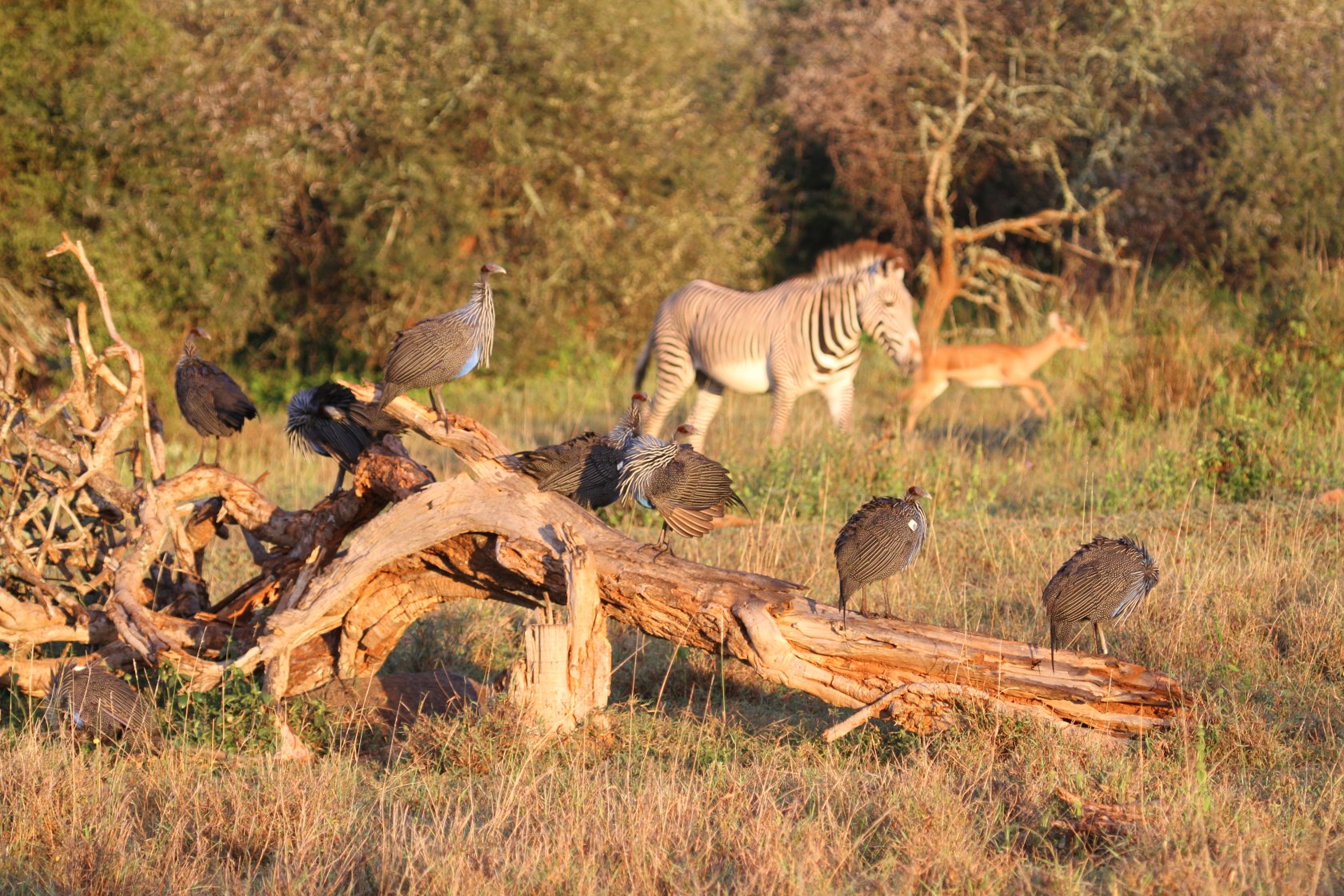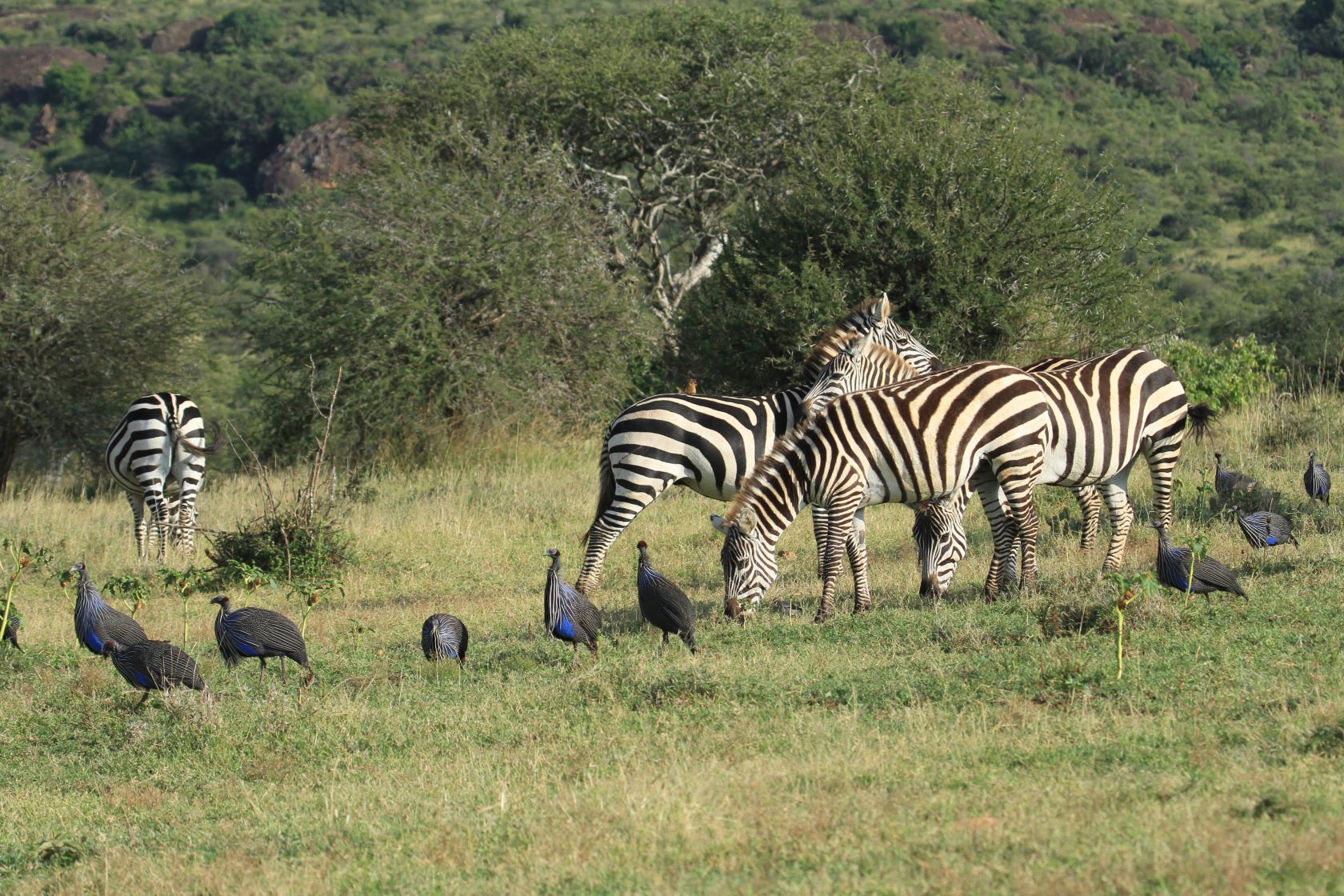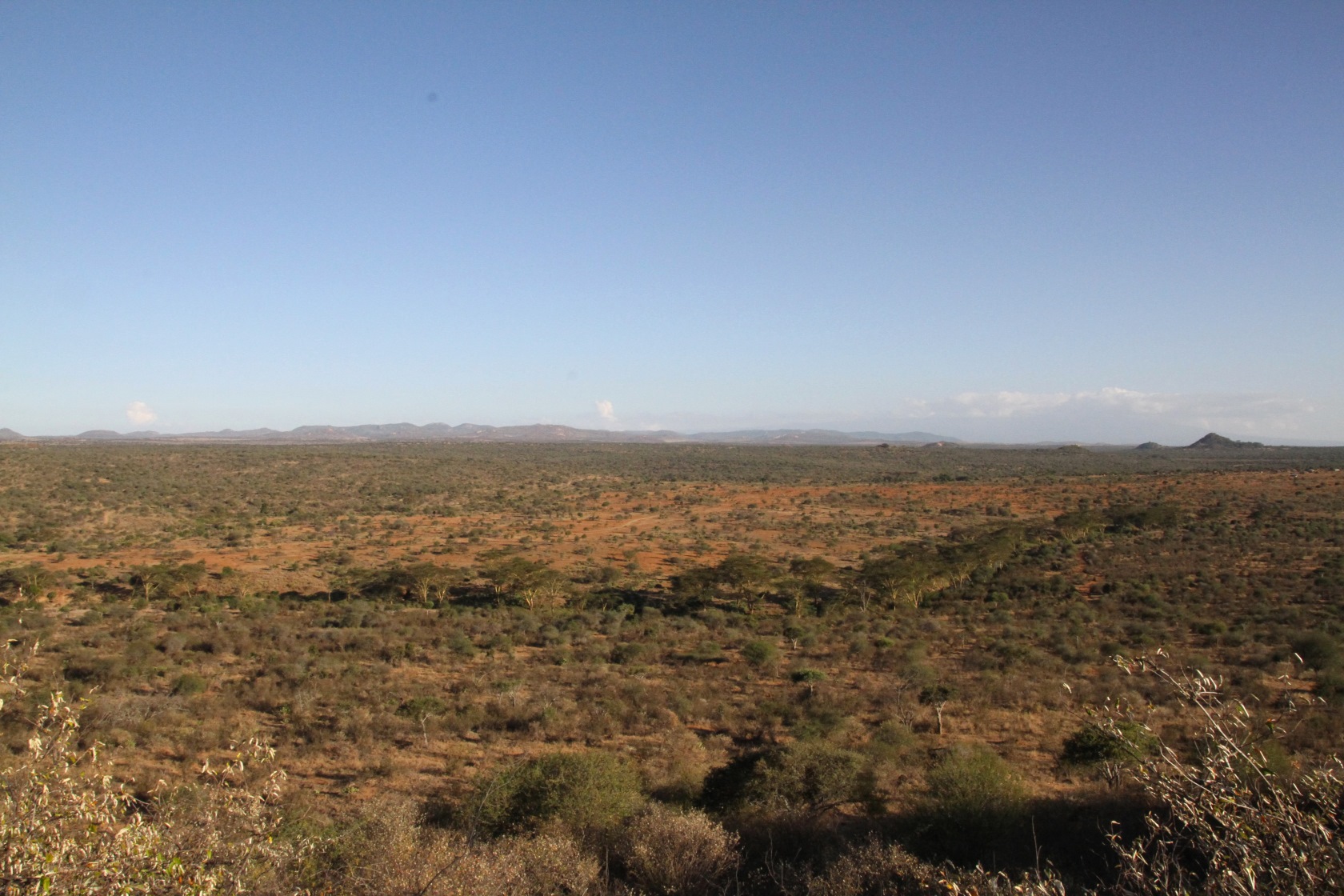Mpala Research Centre
The vulturine guineafowl project
Vulturine guineafowl are a large, highly social, and almost exclusively terrestrial birds. They live in semi-arid regions of east Africa, where they form groups of 15-65 individuals. Our research is conducted at the Mpala Research Center (www.mpala.org), Africa’s leading ecological laboratory. Here, we have been using state-of-the-art techniques for studying vulturine guineafowl since 2016. Our large-scale deployment of solar-powered GPS tags has resulted in the largest ever GPS tracking dataset from a single project (well over 1 billion data points). This depth and intensity of data has been critical in making several discoveries—the most notable of which being that vulturine guineafowl form, and live in, a multilevel society. These societies were first described in humans, and long thought to be only possible in large-brained mammals because they require advanced cognitive abilities to track not only the relationships within the social group, but also with other social groups.
The project, funded by an ERC grant, has provided unprecedented insights into the dynamics of collective decision-making within groups, the physiological costs and consequences of living in a collective for individual group members, and the benefits of expressing a multilevel social structure during harsh environmental events. In doing so, this project is bringing new perspectives on social behaviour, and how it has evolved to help organisms survive challenging environments.
The project is run in partnership with the Mpala Reseach Center and the National Museums of Kenya Ornithology Section (https://museums.or.ke/department-of-zoology/).




